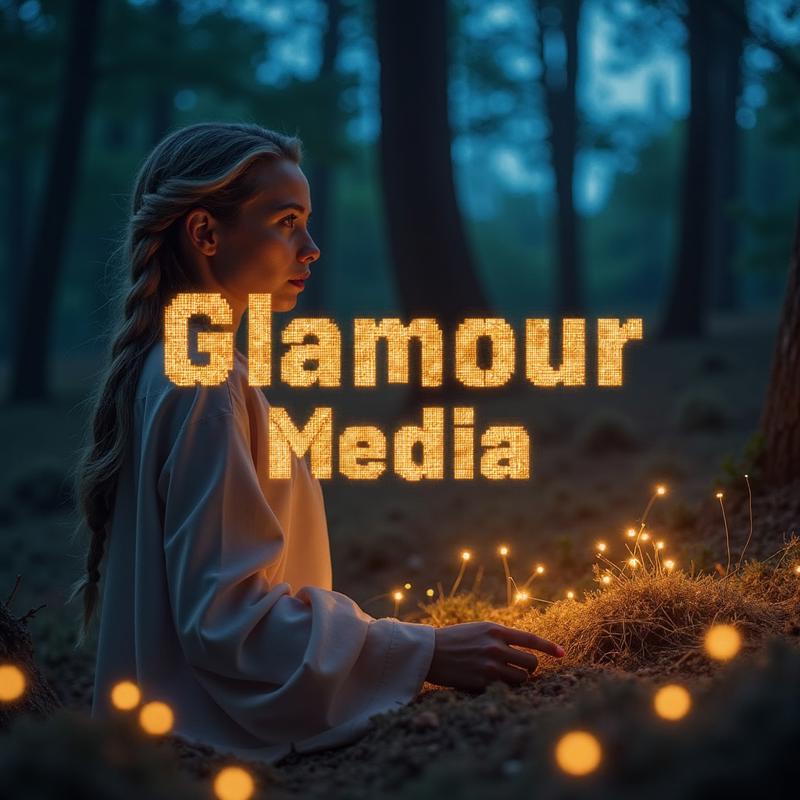Introduction
I’m thrilled to share that my FLUX.1-Dev artistic LoRA has just dropped for the Civitai Flux Training Contest! Along with this release, I’m diving into my latest study, which builds on a guide for training LoRA models. I took a different path, tweaking key parameters to craft what I believe is the best-trained LoRA for Flux.
In this article, I’ll break down how different training epochs, resolution, and steps impact the model's performance. I skip explanations on 11-14 epoch was due to uncertainty. I also used three distinct color schemes to put the trainer through its paces. After all this, I found that 10 epochs strike or less the perfect balance for creative and effective training.
Comparing Training Settings: Key Differences

So, in response to the article "Font Model Training with Flux - Training Diary," here’s where our training setups differ:
Key Differences:
Resolution: I went with a 1024-pixel resolution instead of the 512-pixel resolution used in the guide. This higher resolution gave me more detailed and polished results. Just had to go all out because, well, I’m a quality whore.
TargetSteps: My setup used 3000 target steps, whereas the guide had 1000 steps. This extra training time was more than necessary. But it serves with more thorough learning. I should have set it as ~500 at first place. Again, I’m all about that power.
MaxTrainEpochs: I pushed the training to 20 epochs, double the 10 recommended. This extended training allowed for deeper learning and finer adjustments. I got the Flux LoRA T0mmy Gun at the 20th epoch, so it was worth it for research only.
These differences shaped how the model handled various typeface styles, color dynamics, and textures, leading to the unique results you see in my LoRA training.
Training Samples and Results: Observations on Clothes and Patterns

Epoch 1-3: Early Recognition and Usability
In the first few epochs, the model quickly picked up on the target typeface style. Using three source images with distinct color schemes—black and white, red and white, and a mix of lime green and green—helped the model grasp a wide range of color dynamics from the start. Clothing textures also revealed some unexpected details, like matte and pixelated patterns, along with subtle color shifts.
Epoch 4-6: Readily Usable LoRA
By epochs 4-6, the model hit an ideal point for usability. It captured the typeface style well, and the variety of source images allowed it to handle multiple color variations smoothly. Clothing textures ranged from two-toned patterns to more complex designs with up to 3-4 colors per pixel.
Epoch 5-10: Extra Training for Safety
Between epochs 5-10, The output remained strong and diverse, but the extra epochs didn’t really push the quality beyond what was already established.
Epoch 15-20: No Noticeable Differences
From epoch 15 onwards, no significant improvements were seen, confirming that the model had already reached peak performance earlier. The further training didn’t add any new insights or enhancements. Possible risk of overtraining, but it did not happen in the end.

Conclusions & Future Directions
The sweet spot for training seems to be around epochs 5-9, when the model is fully usable. Going up to epoch 10 acts as a good safety measure, but beyond that, improvements are minimal. To save your buzz, epochs after 15 don’t show noticeable gains, indicating that the model performs best earlier than 10. Hopefully this insight should help streamline future Flux LoRA training by focusing on efficient and effective practices.






